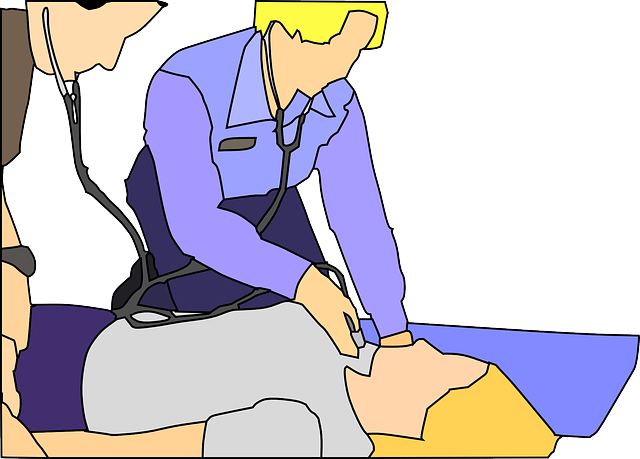What exactly is a hearing aid? How does it work? Aren’t they all the same? The average, everyday person typically has little reason to ponder such questions,however, hearing loss is becoming a prevalent issue in America today. Hearing loss does not discriminate as to age, from babies to older folks. Being a hearing aid wearer myself in a family with several hard-of-hearing people, including my father, brother and 14 year old son, this is a topic that is near and dear for me.

When addressing hearing loss, a comprehensive hearing test is done first by an audiologist,then the discussion of what hearing aid options are available begins. Thus begins the search for which hearing aids with which features will work out best for the type of loss being addressed. The audiologist will help with the specifics of each option and whether or not a particular hearing aid would be compatible to the individual hearing loss. It is important to take the time to find a good, reputable audiologist for your hearing loss needs. Muama enence is also one of the leading options out there on the block
A hearing aid is quite simply a device for the ear that enables better hearing, much like glasses enable better vision. A common misconception, however, is that wearing hearing aids ‘cures’ deafness much the same way glasses seem to ‘cure’ vision problems. This is completely untrue. All a hearing aid device serves to do is increase volume, although newer models are getting progressively better at speech and sound definition assistance to the hard-of-hearing person. While a definite plus, hearing aids are not a cure but just that-an aid.
There are several types of hearing aids available today, from the behind-the-ear model, to a small in-the-canal model that fits almost completely inside the ear. The behind-the-ear model consists of the earmold, tubing and the hearing aid itself that, when fitted with the earmold inside the ear, rests just behind the ear. This is typically the least expensive version and has been considered the most powerful type of hearing aid, most appropriate for greater hearing losses. The in-the-ear version of a hearing aid is just that, the earmold and hearing aid are one unit that rest in the ear. Similar to the in-the-ear technology, the in-the-canal and the completely-in-canal hearing aids are the smallest options. These devices are placed further in the ear canal, therefore making them the least visible and noticeable option. Often the smaller hearing aids work best in the case of milder losses, although technology is changing rapidly and this case may be changing in the near future.

The hearing aids all work by amplifying sounds from the world, through the device and directly into the ear canal. There are volume options, noise cancellation and reduction of feedback technology features involved as well. While volume is obviously critical, speech definition and noise cancellation options are of equal importance as mere volume will only distort sounds and make them unintelligible.
Hearing aids are a fantastic tool, often the difference in hearing or deafness for many people. Finding the right equipment is critical and life-changing to a hard-of-hearing person.




